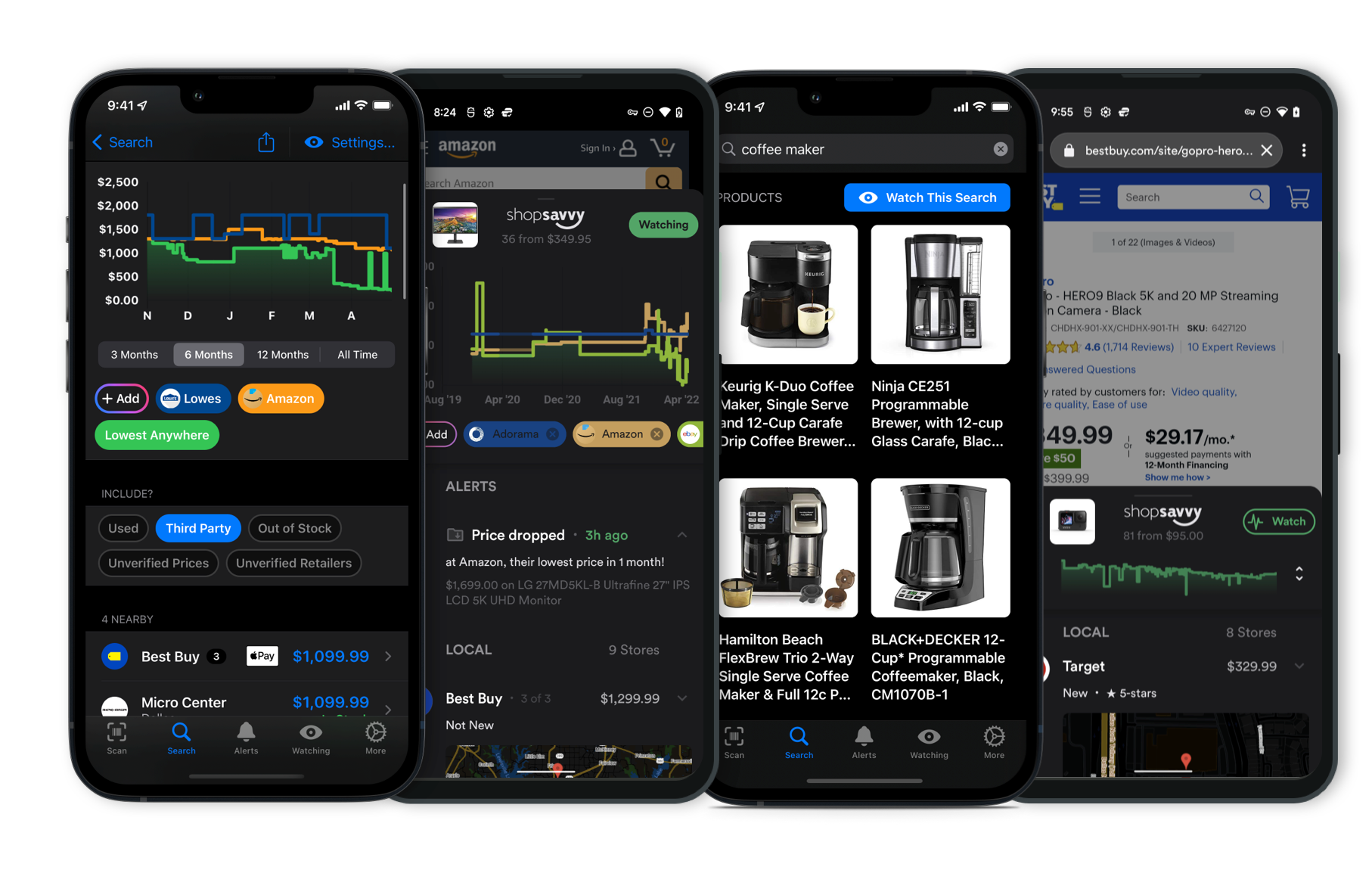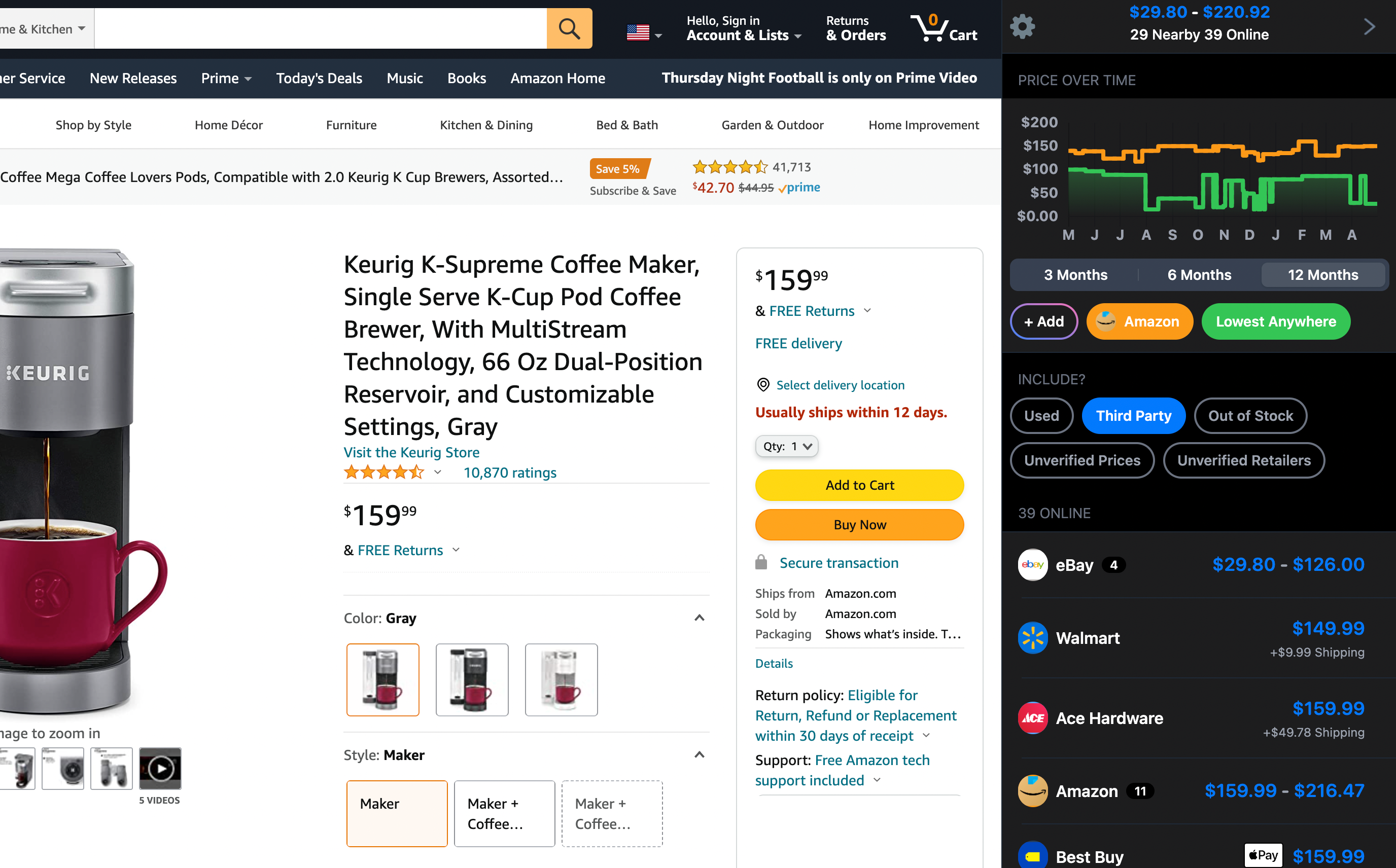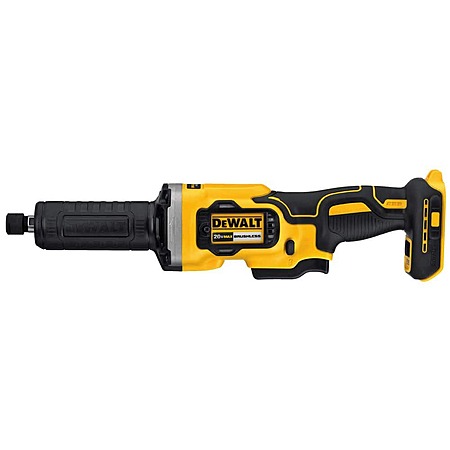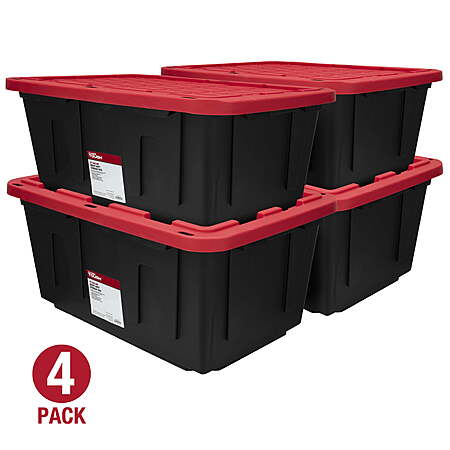
Yep, the ASUS ZenScreen MB16AC is pretty flexible when it comes to connections. Based on the manufacturer's description, it's got a hybrid signal solution that allows it to hook up to both USB Type-C and Type-A ports.
This means you can use it with a bunch of different devices, whether you're rocking a newer device with USB-C or an older one with USB-A. But here's the catch: if you're using USB Type-A, you'll need to install a DisplayLink driver to get it going.
From our research, folks generally find it easy to set up on different platforms. Someone mentioned it worked well with both their MacBook Pro and Windows PC, especially through the USB-C connection.
Just a heads-up, though—there's a minor hiccup with macOS where the auto-rotate feature doesn't always work perfectly. So, if having everything function flawlessly is a big deal to you, keep that in mind.
Also, if you're thinking about swapping out the USB-C cable, be cautious. Some have run into problems with replacement cables because not all USB-C cables support DisplayPort over USB-C.
So, make sure any new cable you get has that capability, or you might hit some connection snags.
Overall, the ZenScreen MB16AC is quite adaptable and can really come in handy if you're juggling multiple devices. Just watch out for those small quirks with certain systems or gear, and be sure you've got the necessary connections and drivers.
If you keep an eye on these details, you should be all set for a smooth ride.
Where to Buy
Considering the ASUS ZenScreen MB16AC?
Here's our "TLDR" Review
 Download ShopSavvy App
Download ShopSavvy AppCompare prices for anything in real-time, set price alerts, watch for deals by keyword, and much more
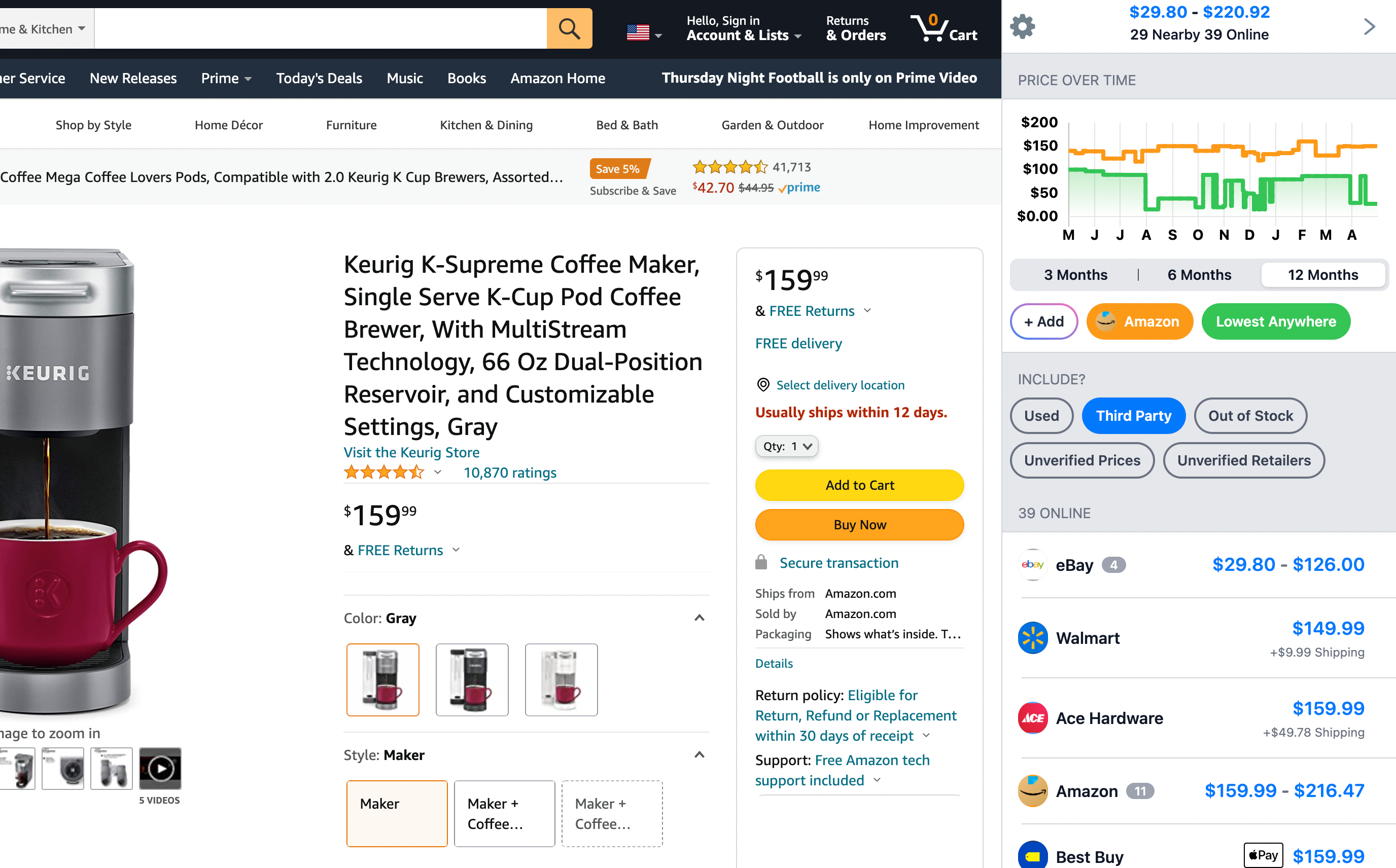 Install ShopSavvy Browser Extension
Install ShopSavvy Browser ExtensionCompare and track prices automatically while you shop online at thousands of websites.
More Answers
If you're still curious about the ASUS ZenScreen MB16AC, here are some other answers you might find interesting:
Yep, the ASUS ZenScreen MB16AC is pretty flexible when it comes to connections. Based on the manufacturer's description, it's got a hybrid signal solution that allows it to hook up to both USB Type-C and Type-A ports.
This means you can use it with a bunch of different devices, whether you're rocking a newer device with USB-C or an older one with USB-A. But here's the catch: if you're using USB Type-A, you'll need to install a DisplayLink driver to get it going.
From our research, folks generally find it easy to set up on different platforms. Someone mentioned it worked well with both their MacBook Pro and Windows PC, especially through the USB-C connection.
Just a heads-up, though—there's a minor hiccup with macOS where the auto-rotate feature doesn't always work perfectly. So, if having everything function flawlessly is a big deal to you, keep that in mind.
Also, if you're thinking about swapping out the USB-C cable, be cautious. Some have run into problems with replacement cables because not all USB-C cables support DisplayPort over USB-C.
So, make sure any new cable you get has that capability, or you might hit some connection snags.
Overall, the ZenScreen MB16AC is quite adaptable and can really come in handy if you're juggling multiple devices. Just watch out for those small quirks with certain systems or gear, and be sure you've got the necessary connections and drivers.
If you keep an eye on these details, you should be all set for a smooth ride.
The ASUS ZenScreen MB16AC has a brightness level of about 220 nits, according to our research. This brightness is generally adequate for most indoor situations, but it might not be the best choice if you're planning to use it in very bright areas, like outside in direct sunlight.
If you're mainly using it indoors for tasks like browsing the web, editing documents, or watching videos, the brightness should work just fine. But if you're often in places with a lot of natural light, or if you need a monitor for detailed photo or video editing, you might find it a bit lacking unless you can create some shade.
Our research also suggests that while it's not the brightest display out there, it does offer a comfortable viewing experience for its size and purpose. Many find its plug-and-play feature very handy, especially with USB-C devices, and it works well as a portable screen extension when you’re on the go.
Aside from brightness, the ZenScreen’s 1080P Full HD resolution and IPS panel tech help with visual clarity and viewing angles. The colors are reasonably accurate and lively for most everyday tasks, adding to a generally pleasant experience.
So, if you're using it as a secondary screen for a laptop like a MacBook Pro, make sure you think about how and where you’ll use it.
The ZenScreen MB16AC is a solid choice if portability and convenience are your main priorities, providing decent visual performance for its class.
What is the screen size of the ASUS ZenScreen MB16AC portable monitor?
The ASUS ZenScreen MB16AC portable monitor has a screen size of 15.6 inches. It's designed to be travel-friendly, which is nice if you're always on the move. According to the manufacturer's description, it features a Full HD resolution, so you get clear and vibrant images whether you're working or watching something.
It also comes with a Smart Case that lets you adjust the screen to different angles for both landscape and portrait views. This case has a foldable magnetic design, which is supposed to help with different setups.
But, from what we've found, the magnetic hold might not be as strong as you'd expect, so it's a good idea to be careful with positioning to avoid any slips. Some people also use the pen hole as another way to support the monitor, although it might not be the most stable choice for everyone, especially if you need something more solid.
If screen stability is crucial for you, you might want to think about getting an extra stand to go along with the Smart Case, just to be sure.
Overall, the 15.6-inch display and the smart design make the ASUS ZenScreen MB16AC pretty portable and easy to use, though keeping those stand considerations in mind could be helpful based on how you plan to use it.
Explore Content
Footer 1
Published
Subscribe for Updates
Get the latest news, and updates on ShopSavvy. You'll be glad you did!



